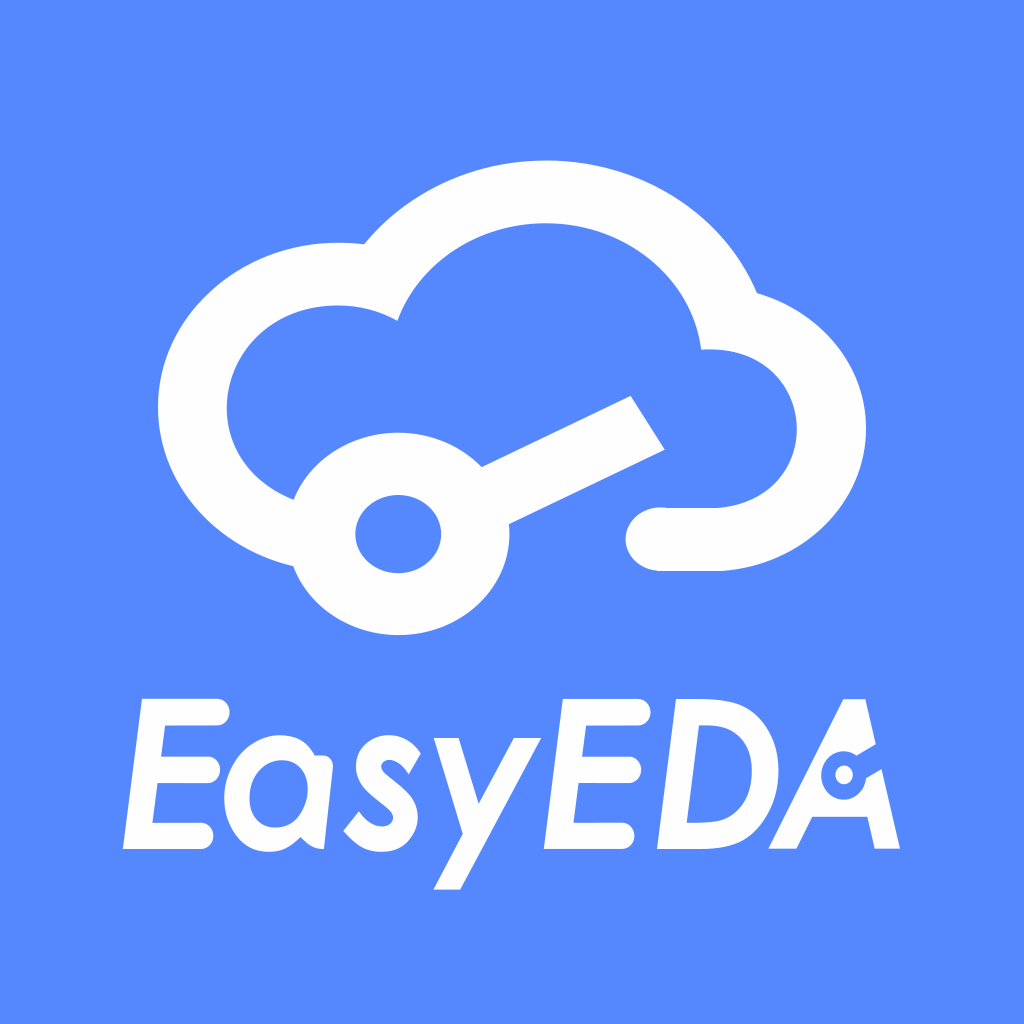Hello all.
I am not a professional or even an electronic student. I am 50+ and work as a computer operator. Currently I do not have any job (should I say thanks to Corona Virus) and so I have spent some time doing hobby electronics I find on YouTube.
I am doing a PCB for the first time - my only experience - I tried etching one from the PCB layout I found on another site (about using ATMEGA328P as a standalone) and it was successful. That inspired me to try out different things.
Now, I cannot do those double-sided PCBs (as I am not any professional or expert). I did a schematic for the RGB Cube 4x4x4 Matrix and it was all good after I followed instructions at [https://aglick.com/charliecube.html](https://aglick.com/charliecube.html)
The only problem I found that there were too many wires. So I tried doing a PCB. And this is where I am stuck. When I used EasyEda (desktop version) it generated a two layer PCB. And sadly, if I try etching it, I am certain, I will fail (not to mention that these 2-sided copper plated boards are expensive for a jobless person). So though I wanted to risk, my situation does not permit. So I am trying it out with a single layer.

Above is a screenshot of my current PCB (though not complete). Please have a look at those red boxes. What I want to accomplish is - I would add some thin wire on those positions to complete the wiring. I also saw on a YouTube video that I can use the cut-wires from earlier use of resistors.
As of now, I have used Via for those ends. But I am not sure if they are the right tool to use. There is also something called Pads which seem to be of a larger dimension - can make it easy for my 1mm hand drill bit.
What are the differences between the two and what would be a better solution. I know (after reading) technically, neither is required, and I can just place a 1pin jumper at those ends - as I will be soldering wires.
Firefox
81.0
Windows
10
EasyEDA
6.4.5

